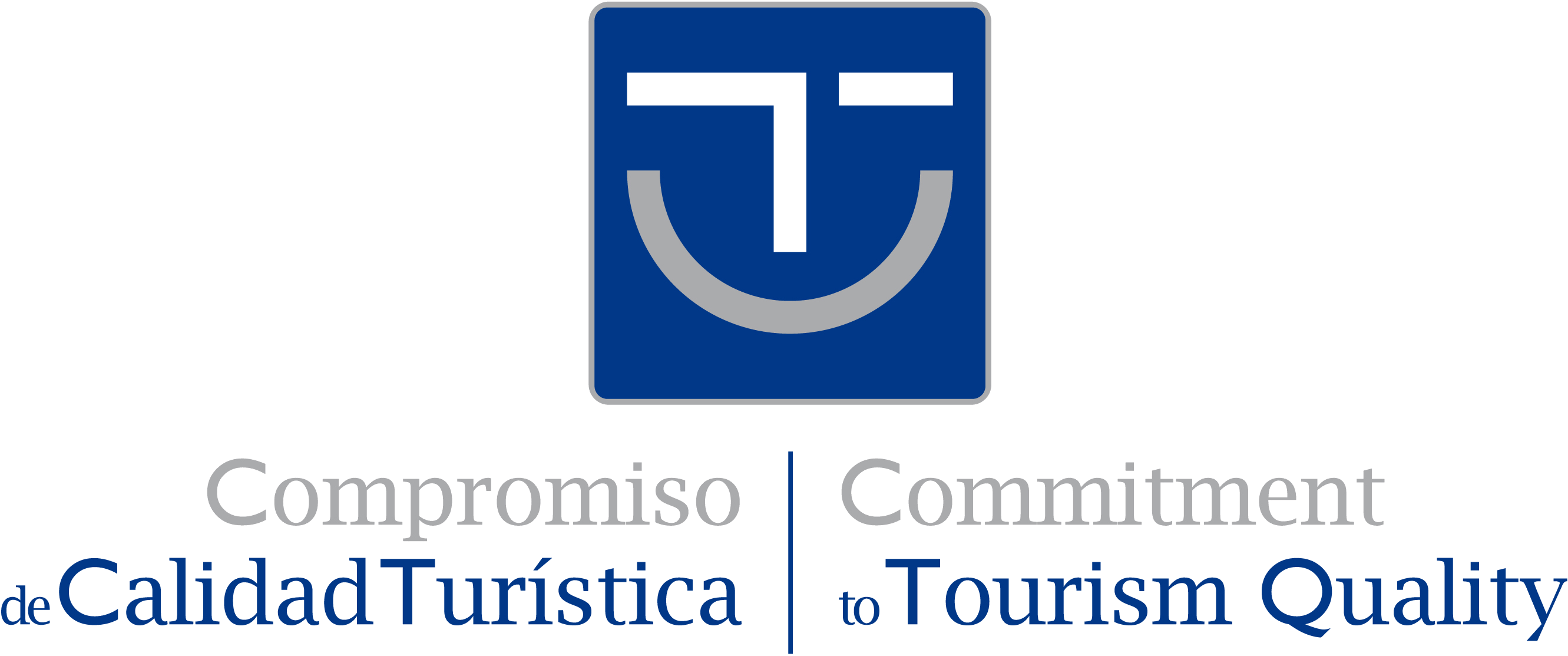Museums
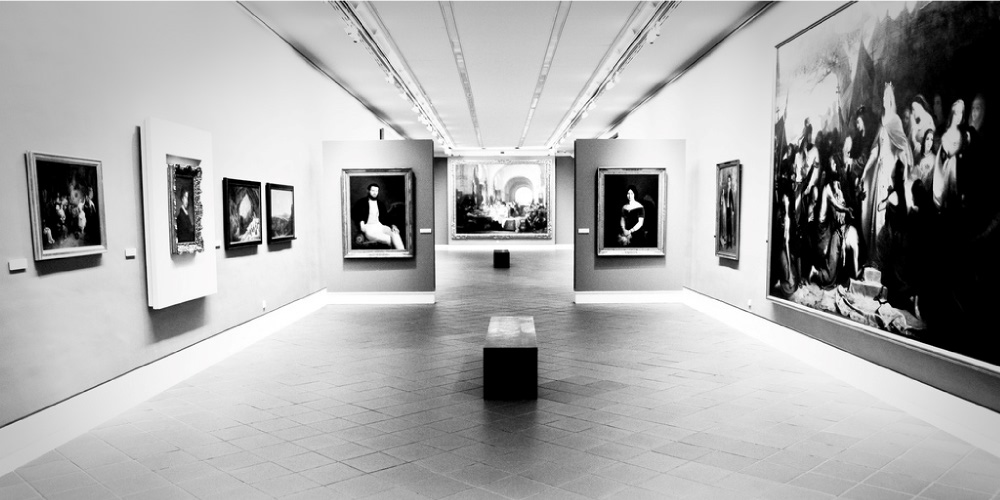
MUSEUM OF FINE ARTS
HISTORY
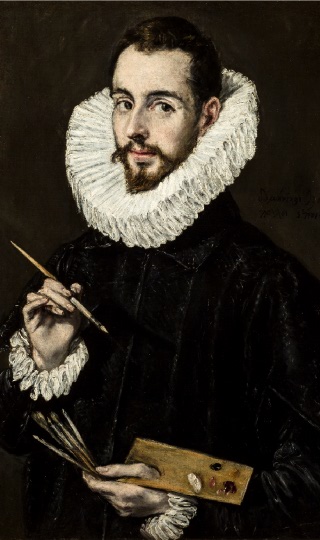
The Museum of Fine Arts, Sevilla, was established as a "Museum to display paintings", by Royal Decree on 16 September 1835, with objects from convents and monasteries seized by the liberal government presided by Mendizábal. It is located in the Plaza del Museo, in the place of the former Convento de la Merced Calzada founded on lands transferred by Ferdinand III after conquering Sevilla.
The building which we see today owes its general layout to the transformations carried out in the first decades of the 17th century thanks to the initiative of Fray Alonso de Monroy, general of the Order from 1602. In 1603, the architect and sculptor Juan de Oviedo y de la Bandera presented the plans and instructions for its construction, which was begun with the demolition of the former Mudejar building. In 1612, the temple was finished and almost half a century later, the rest of the cement works were completed, thus becoming one of the most beautiful examples of Andalusian mannerism.
Since it was set up as a museum, the building has undergone three large interventions. The first, between 1868 and 1898 involved the restoration of the arches and walls on the first floor, laying the floors of the cloisters and tiling these with tiles from the seized convents. The second, between 1942 and 1945 involved the opening of the patio de las Conchas on the site of the former vestry and the transfer of the main ancient baroque facade to calle Bailén. The third, starting in 1985 and finishing in 1993, was developed in various stages in order to completely restore the building and adapt it to the many demands of a modern exhibition space.
COLLECTIONS
The main tour recommended by the museum is of the paintings by the Seville school and examples from other schools. The main tour route depends on the building's structure, as the order of the rooms determines the chronological view of the exhibition.
Ground floor
The ground floor tour begins in Room I which contains the oldest objects on display, 15th-century painting and sculpture from Seville, and ends in Room V, the old convent church, currently dedicated to Murillo and the great masters preceding him in the first half of the 17th century.
Upper floor
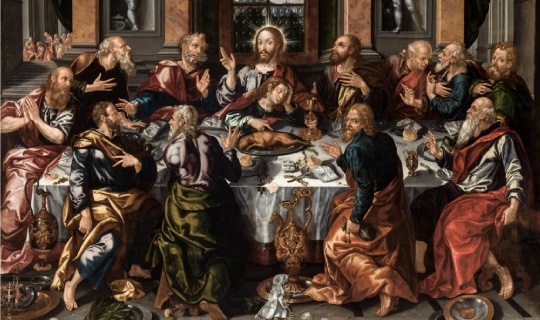

The upper floor includes Rooms VI to XIV with works by Murillo and paintings from the first half of the 20th century. On this floor, the following are worth special mention: Room VIII, dedicated to Valdés Leal, Hall IX, dedicated to the painting of the European schools, and Hall X, with outstanding examples of painting from another great master of the Seville school: Francisco de Zurbarán.
Hall V
The former Church of the Convento de la Merced (Convent of the Sisters of Mercy) displays the large altar canvasses by the most important painters in the Seville school of the 17th century. The school's development can be traced from the lingering traces of the Mannerist tradition in the Tránsito de San Hermenegildo (Passing of Saint Hermengild) by Uceda and Vázquez to the naturalist renewal which finally imposed itself. Prominent among this generation are other painters such as Juan del Castillo, Murillo's master, Herrera the Elder and Zurbarán in the second third of the century.
In the apse of the room is the work by Murillo which confirms the evolution to full Baroque. The church is also of architectural value as it is an exceptional room in the museum and also contains mural paintings that Domingo Martínez produced to decorate it in the 18th century, based on commission to exalt the order of the Sisters of Mercy, the owners of the convent Visitors already familiar with the collection should take a a themed tour of the great masters of the Seville Baroque period: Francisco de Zurbarán, Murillo and Valdés Leal.
Francisco Zurbarán
Francisco de Zurbarán was the dominant artistic figure in Seville painting during the second third of the 17th century. His sobre and naturalistic style, saturated with intense spirituality, enjoyed extraordinary success and made him the favourite artist of the main religious orders.
Some of the works from his famed series on monasteries are exhibited, such as the paintings for the Dominican monasteries of San Pablo and Santo Domingo de Porta Coeli in Seville. Oustanding out is the important series of the Carthusian monastery of Santa María de las Cuevas, in which the spiritual principles governing the life of the Carthusian monks are brilliantly interpreted. This tour takes in Halls V to X.
Murillo
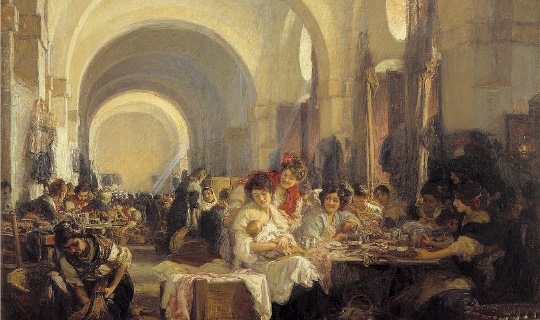

Murillo's style dominated Seville painting during the second half of the 17th century and continued to leave its mark until well into the 18th century. The set of paintings he produced for the Seville monastery of the Capuchins is one of his best works and the most important at the museum.
The visit becomes a unique experience, as Hall V, the old convent church, recreates the original context of this iconographic series, one of the most important in Baroque painting from Seville.
For a complete picture of Murillo's work, Hall VII needs to be seen. This room contains the paintings he produced for the monastery of San Agustín and other individual canvasses.
Valdés Leal
Valdés Leal was one of the most important and thought-provoking figures in Seville Baroque painting. His direct and energetic style in decidedly Baroque compositions, stands out because of its expressive force and creative originality. Of the works on display, the series produced for Seville religious institutions are particularly interesting, including the set produced for the Monastery of San Agustín, the Monastery of San Jerónimo de Buenavista and the Professed House (monastery) of the Company of Jesus. This tour focuses on Hall VIII.
ARCHAEOLOGICAL MUSEUM
HISTORY
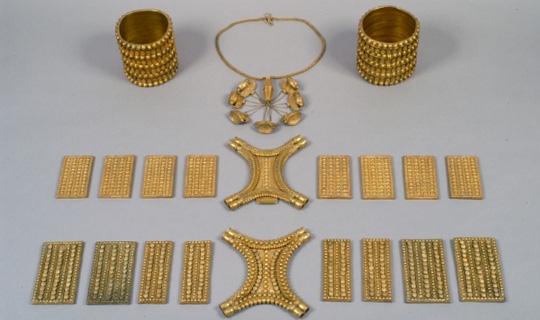
The Provincial Archaeological Museum of Sevilla was set up as a result of the 1867 Decree on Archaeological Museums, at that time called Antiques Museum. The interventions by the Museums Committee in Sevilla were decisive in the development of the museum. This Committee was set up in 1835 in order to take charge of the art objects seized from the convents, and the Province Committee for Monuments, set up in its place in 1844. The initial collection is comprised of the findings from the Itálica excavations, gathered together around 1780 by Mr. Francisco de Bruna in the access gallery to the Reales Alcázares.
Once the works had been completed, in 1880 the museum was inaugurated, with architectural series, sculptures, epigraphs and ceramics, and had immediate success with the public; exceeding the number of visits, (with almost 12,000), of many national museums.
Having carried out and checked the refurbishment works of the building, the various collections were transferred there, inaugurating the new installations of the museum on 25 May 1946, with eight halls, a Library and Administration. On 1 March 1962, the building and museum collections were declared Historic-Artistic Monument.
COLLECTIONS
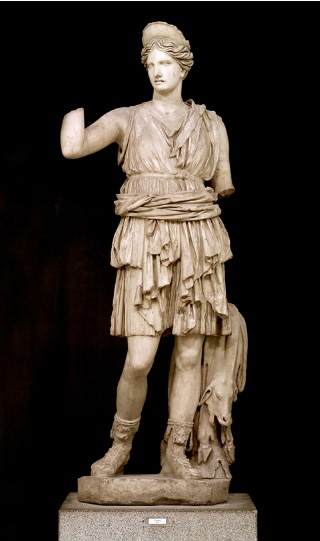
A complete tour of the museum should be taken in chronological order, beginning in the Lower Palaeolithic period and ending in the Middle Ages with Arab and Mudéjar artefacts. It usually takes around two hours to conduct a leisurely tour of the museum following this route.
The museum also offers a series of tours by subject area: these are of special interest to visitors who are pressed for time or anyone wishing to take their time to focus on specific aspects of the collections.
The first of these tours takes us to the Prehistory halls, in which you can find interesting materials from the Chalcolithic Age site at Valencina de la Concepción: items in pottery, stone, copper and bone, probably dating to between 2,500 and 2,000 B.C. There are also groups of idols, characterised by their large sun-shaped eyes and considered to be the oldest representations of deities found in Spain.
All these pieces were found in excavations carried out in dwellings and burial structures, such as the large funerary monuments, which can still be visited today and can be examined in detail in the actual museum thanks to a model of one of them which is on display in the hall.
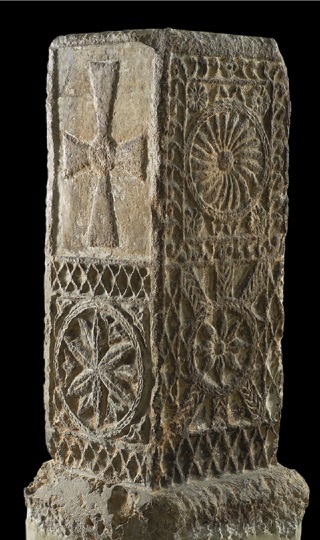
Protohistory occupies two main areas: they are separated in space but intimately linked in terms of discourse. The first of these occupies part of the basement and features the bronze pots from La Angorilla and El Gandul and the exquisite ivory pieces from Carmona.
The second area on the first floor consists of the room dedicated to the treasure of El Carambolo. It contains a reproduction of the magnificent gold treasure relating to its original context: a sanctuary dedicated to Phoenician deities. Also on display is the representation of the Phoenician goddess Astarte in bronze; she is sitting with her feet resting on a stool, appearing on which is the oldest known text in the Iberian peninsula, 8th -7th centuries BC. Other treasures exhibited in the room include that of Ébora and Mairena, and other nearby sanctuaries such as those as Coria and Lebrija.
Meanwhile, in the Roman world on the main floor, there options abound depending on the interests of each visitor: the great sculptures from Itálica -Venus, Mercury, Diana, Fortuna, Alexander-; the mosaics; the imperial portraits, with Trajan and Hadrian; epigraphs; commerce; pottery; the funerary world; etc.
In any case, we would recommend that any tour of the Roman world includes the mosaic depicting the Trial of Paris, followed by the room of bronze Legal Epigraphs: this room brings together the richest-known collection of legal texts containing municipal and colonial laws, Senate decisions, hospitality contracts, imperial letters and other texts.
ARCHAEOLOGICAL ENSEMBLE ITÁLICA
RESEARCH HISTORY
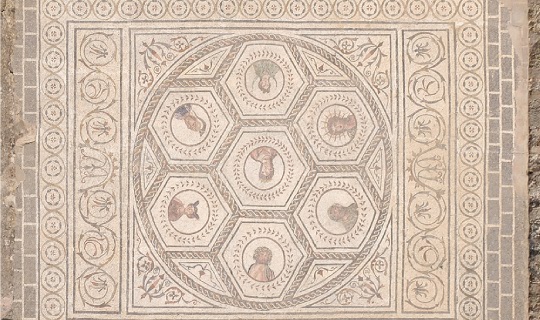
After some centuries of abandonment and loss of reliable references regarding Itálica, in the 16th century, the memory of this Roman city began to be recovered. A little later, in the 17th century, one of the figures, to whom we can mainly attribute the discovery of the city, began his work: the poet and scholar, Rodrigo Caro.
This recovery process continued into the following century. Among other studies on the Roman city, of special mention is the work by fray Fernando de Zevallos, prior of the neighbouring monastery of San Isidoro del Campo, who wrote La Itálica, the main document providing knowledge of what the city was like at that time. At the end of the century, Francisco de Bruna excavated the site, providing valuable information and found the first sculptures of great significance.
In the 19th century, leaving aside the uncontrolled excavations carried out by the English and French during the War of Independence (1808-1814), the Romantic travellers were involved in conserving the traces of the Roman colony. In the middle of the century, Ivo de la Cortina carried out a series of official interventions and José Amador de los Ríos denounced the continuous plundering which was occurring, for more than one hundred years, in the Amphitheatre and in other buildings of great significance. Following this, Demetrio de los Ríos, another of the fundamental figures with regard to the knowledge of Itálica, was in charge of the Archaeological Council?s programmed excavations.
The 20th century began with Itálica and its Amphitheatre being declared National Monuments in 1912. The Higher Council for Excavations was created, which rationalised the work carried out in the archaeological sites and, therefore, promoted the permanent recovery of the Roman city.
Research was carried out throughtout the century. Firstly, Rodrigo Amador de los Ríos carried out some studies of the Amphitheatre and, within a few years, Andrés Parladé carried out research into the houses and streets in the city. This was followed by work by Juan de Mata Carriazo, and Francisco Collantes de Terán, signifying a milestone in the documentation and conservation of Itálica. Antonio García y Bellido published an excellent monograph in 1960, which, even today, is invaluable for gaining knowledge of many aspects of the Roman city.
In the last years of the century, before it was declared an Archaeological Ensemble, a step brought about by the Junta de Andalucía, various researchers were in charge of the interventions in Itálica: José María Luzón, Manuel Pellicer, Pilar León, Alfonso Jiménez and Ramón Corzo. Since 1989, the Department of Culture, through the Management of the Archaeological Ensemble, has been in charge of the progress in the archaeological area with regard to protection, research, conservation and diffusion.
PRESENTATION OF THE ESEMBLE
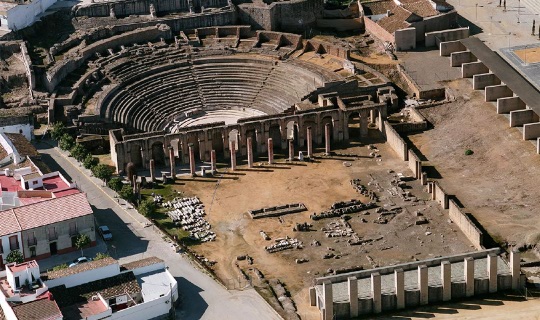
The main proposed tour passes through the area constructed by Hadrian in the first third of the 2nd century AD, protected following its excavation and the creation of a modern park which has contributed to a considerable improvement to the landscape. Nevertheless, the area which can be visited in the Archaeological Ensemble also passes through a part located in the urban area of Santiponce, including the Theatre and the Termas Menores (Minor thermal baths), witnesses to the pre-Hadrian city preserved under this municipality.
The current tour through the city literally corresponds to the programme started by the emperor Hadrian, who provided the city with a water supply service and a sewerage network, which can be seen today at the intersections of the streets. Running water passed through an aqueduct to the cisterns and from these, through a lead pipe network -recognisable today in some sections of the city-, the public fountains and the main buildings, such as the important thermal baths in Itálica, were serviced.
The streets were characterised by their great width and pavements with porticos; today you can still see the paving and kerbs of the streets, in addition to the foundations of the portico pillars. The road layout is orthogonal, that is, with streets which intersect perpendicularly forming rectangular blocks of various sizes. These blocks take in a type of residential dwelling where the political and economic elites probably lived, given the material and dimensions used in its construction. In these residential houses, rich and varied pavements can be seen -mosaics-, with decorative motifs and repertoires which have given name to many of the buildings which can currently be visited, such as the Edificio del mosaico de Neptuno (Building of Neptune mosaic), the Casa del patio de Rodio (House of the Peristilum), the Casa de los Pájaros (House of the Birds) or the Edificio de la Exedra (Exedra Building).
The rest of the citizens probably lived in buildings with various floors on the pre-Hadrian city, outside the walled enclosure, and a significant part of the population, such as the staff of important figures in Itálica, lived in the residential area.
Urbanism in Itálica can be seen in some public and semi-public monuments, such as the Traianeum, a temple dedicated to the emperor Trajan, which was erected in the centre of a large square with portico; the Termas Mayores (Main thermal baths), which today are partially excavated; or the buildings which were dedicated to public shows, such as the Amphitheatre, at the final part of the tour, or the Theatre, in the pre-Hadrian city.
However, little is known about the space in which the forum was located, which was the centre of civil and religious life of any Roman metropolis, located in the subsoil of the current urban area of Santiponce.



